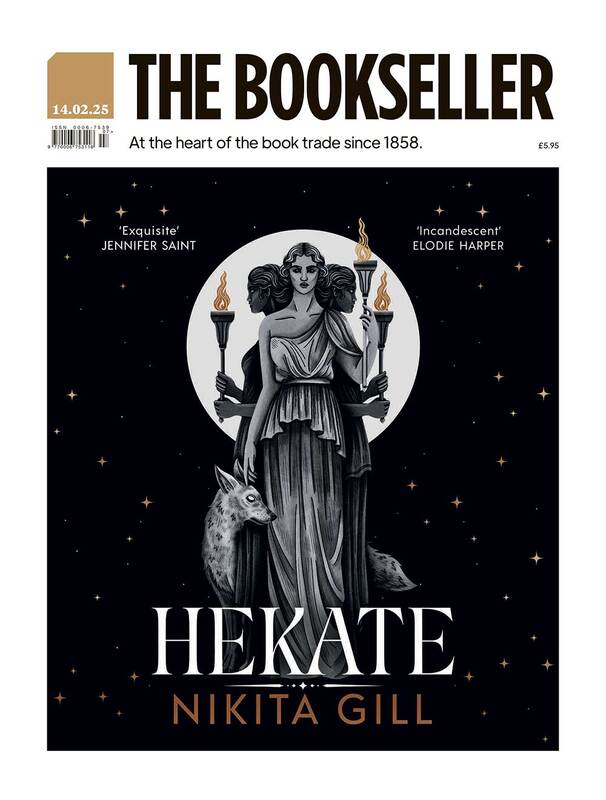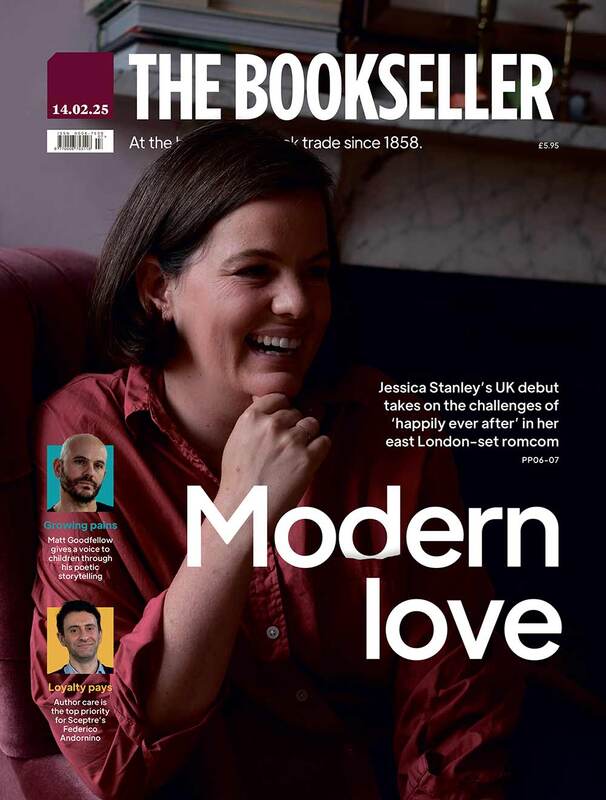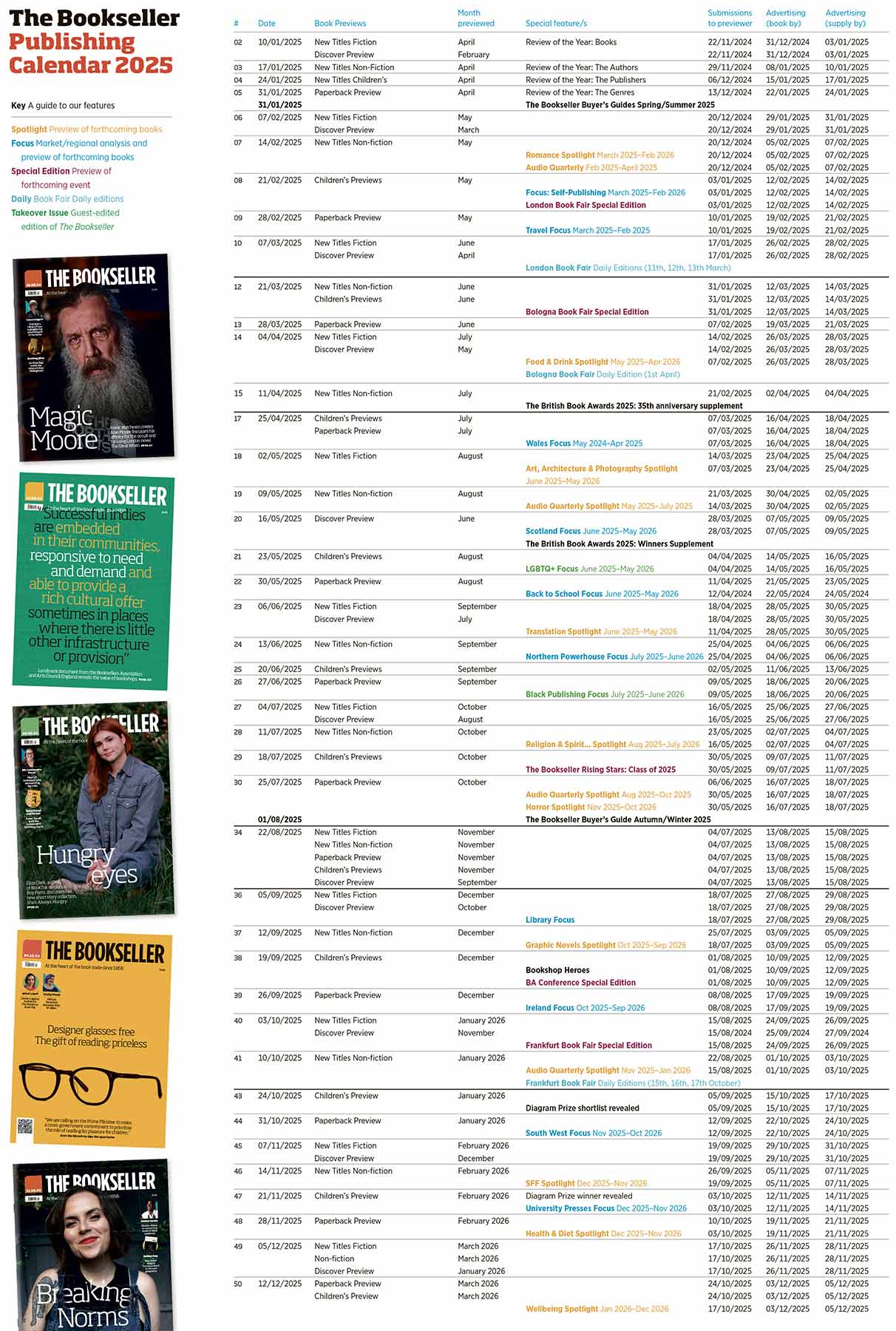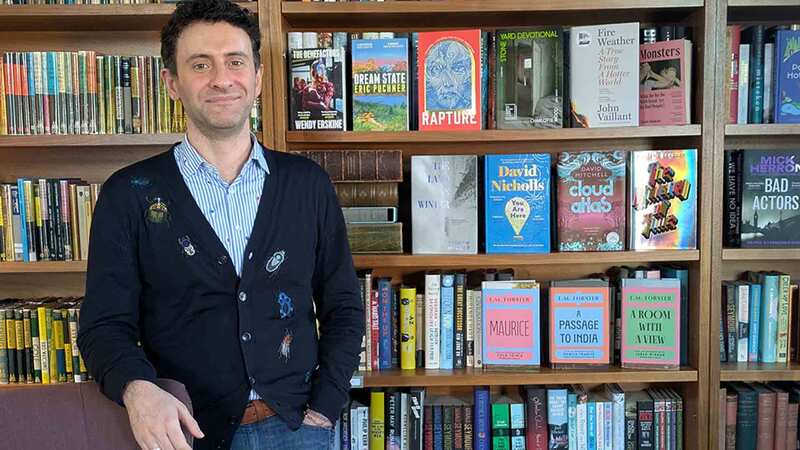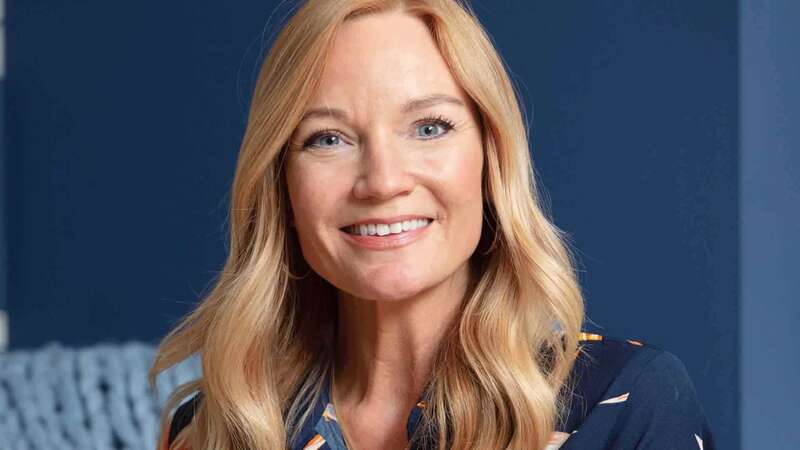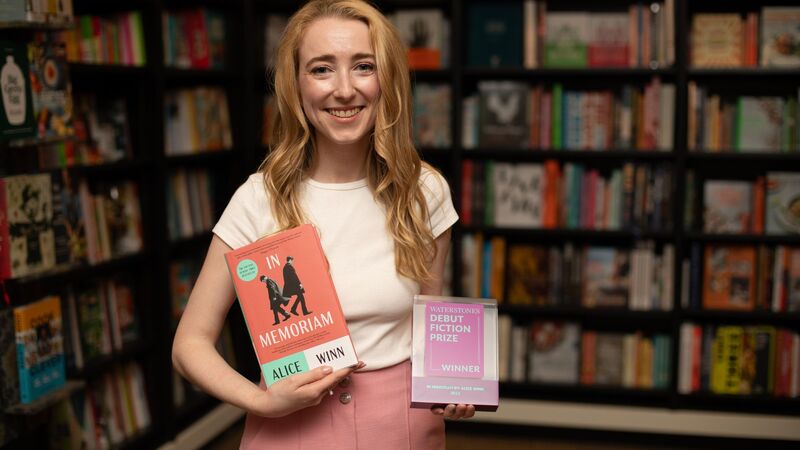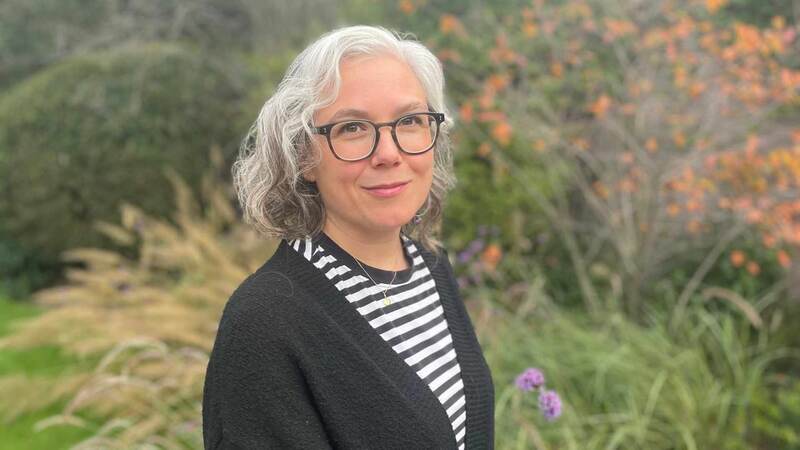You are viewing your 1 free article this month. Login to read more articles.
Publishers back Young Fiction to take flight
Young fiction—defined as being stories for young readers who have grown out of picture books but aren’t yet ready for full-length Middle-Grade novels—is an often overlooked area of the market. Yet a number of UK publishers The Bookseller spoke to—including Nosy Crow, HarperCollins Children’s Books and Penguin Random House Children’s UK—said the market was growing, and talked about the numerous strengths and challenges of publishing into this area.
Liz Cross, children’s publisher at Oxford University Press (OUP), said young fiction is a “really exciting” market at the moment, and that there are “lots of opportunities” to work with publishers around the world. OUP has had a number of successes with young fiction, both with IP generated in-house (such as feline nurse series Dr KittyCat) and IP acquired from an author (like Harriet Muncaster’s Isadora Moon books). Cross said that the publication decisions are often globally driven. “Foreign publishers are willing to commit to multiple titles at once for the right proposition, like Isadora Moon. We launched with four books in autumn 2016 and the sales were slow to take off in the UK, but flew in terms of rights. It gave us the confidence to build the brand, and now it’s flying in the UK as well. We work collaboratively with foreign publishers in terms of sharing marketing ideas and social media strategies. We want to create a global Isadora Moon presence.”
Egmont UK publishing director Ali Dougal said there are no obvious launch-pads for débuts—as there is for Middle-Grade titles with the Waterstones Book of the Month promotion—so creating series, ideally releasing two books a year, is key to building a brand. “All of our success stories—Mr Gum [by Andy Stanton], Amelia Fang [Laura Ellen Anderson], Sam Woo [Kevin and Katie Tsang]—have longevity as series,” Dougal said. “A strong identity within the package is important, too.”


Laura Ellen Anderson and Andy Stanton
Kate Wilson, m.d. at Nosy Crow, said: “I think that series, and authors whose writing is tonally or thematically similar book to book, are really important for this age group. They are often the route through which children evolve into confident, independent readers, willing to take the risk on a new book in a series or on an author they love, even though decoding [it] may still be a bit of a struggle.”
Ruth Bennett, publisher at Stripes, an imprint of Little Tiger, said young fiction stories often follow similar storylines or the same characters, so readers feel a sense of familiarity and can “put themselves in the story”.
House parties
HarperCollins Children’s Books recently announced a new young fiction series, developed in-house and written by author Lindsey Kelk. Its publishing director of children’s fiction Nick Lake said creating stories and intellectual property (IP) in-house has a number of benefits for publishers. “One advantage is having the film and TV rights, so we can be agile around those, and we have film and TV people in-house. Also we’re not seeing a huge amount of young fiction come in from agents. Some, but there is a paucity. Agents are still sending a lot of YA.”
Ruth Knowles, publisher for PRH Children’s, agreed that young fiction is “slower” to come through from agents, but she is keen to find more diverse titles. “This is the most ‘un-diverse’ bit of the children’s market, and we are trying to address this. One of our tasks at this year’s [Bologna] book fair is to be on the lookout in that space, whether that be for an author or an author-illustrator.”
All of the publishers agreed that marketing and publicity can be tricky, as young fiction tends to get less attention from the media and book prizes (with the one notable exception being the Alligator’s Mouth Award for early illustrated fiction). Therefore, two things are vital for success: the look of the books and author appearances. “We ask a lot of our authors and illustrators in terms of getting out there and connecting with children and parents at events,” said Cross.
However, all of the publishers were positive about the opportunities for growth that lie ahead. “I’ve been in publishing a while and I’ve seen various cycles,” said Lake. “There was YA, now Middle-Grade is totally dominating. This feels like the obvious next big area.”

Kevin and Katie Tsang

